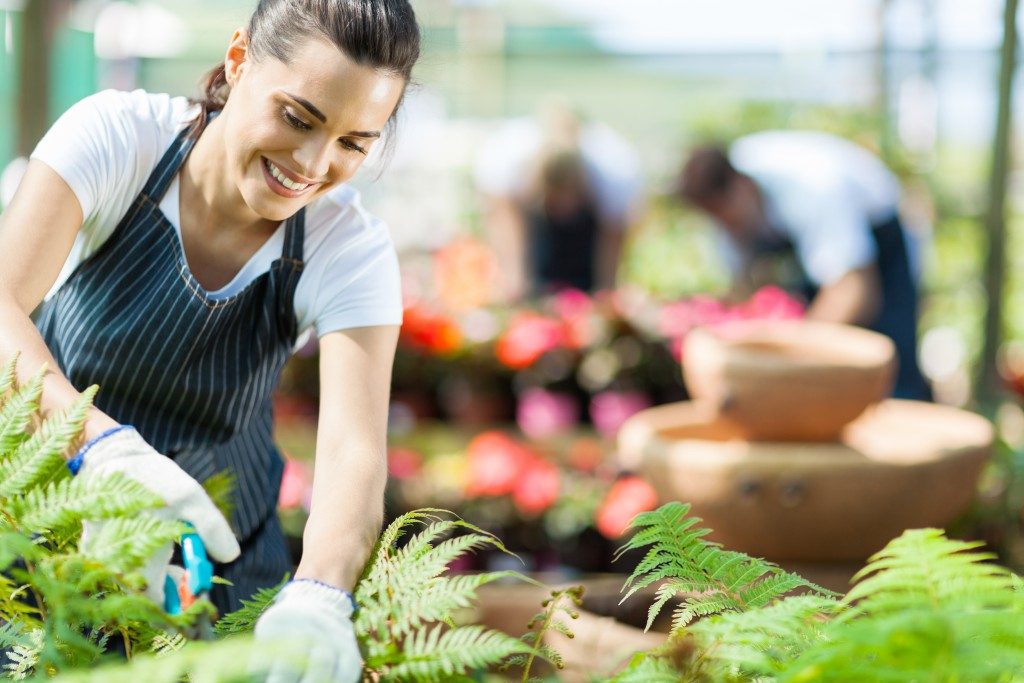Whether you have a prefabricated greenhouse or a fully custom one, staging is undoubtedly one of its most vital components. Just imagine where you would place your plants. While you could simply put them on the floor, this would make it more difficult for you to control the soil temperature, pests, and diseases. Aside from that, you’d just be wasting precious space.
Creating Staging Areas
Staging involves creating places or areas where you could set up benches or tables that would serve as stands for your plants or work areas for various gardening tasks. Staging areas provide you with more workable space. Staging pieces come in different materials, including wood, fiberglass, and plastic, that are usually warp and rust proof.
When you set up your staging areas, make sure there’s ample space between the side of your greenhouse and the staging piece for efficient air circulation. You could move and rearrange your staging pieces so that different plants could use them in different seasons.
If you’re planning to start new plants from seedlings, consider setting up a staging area specifically for this. Use a standard germination mat since this would efficiently heat the bottom parts of your seed trays and promote growth. Remember that seedlings require more heat than grown plants, so this technique is a localized and easy way to heat a specific part of your greenhouse without having to increase the temperature in the entire house.
Other Vital Things to Consider
There are tons you could with suitable staging pieces, but you need to carefully think about what kind of plants you want to grow and the maintenance requirements for your staging units. For instance, fiberglass and plastics units are easier to maintain than wood staging units.
Lastly, when planning staging spaces, take into account your greenhouse flooring, other greenhouse accessories, as well as the space needed for heating, ventilating, and cooling equipment.

